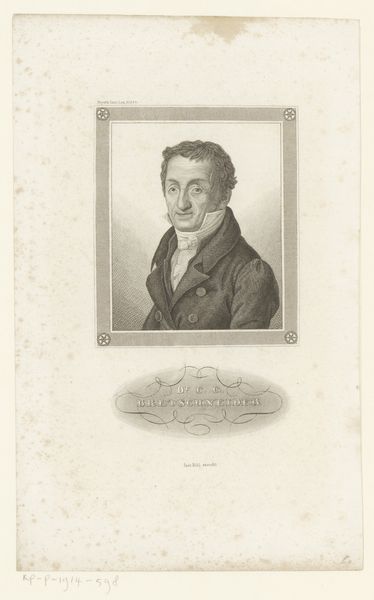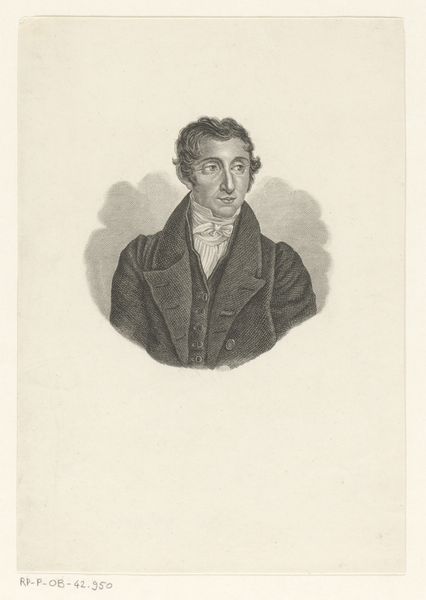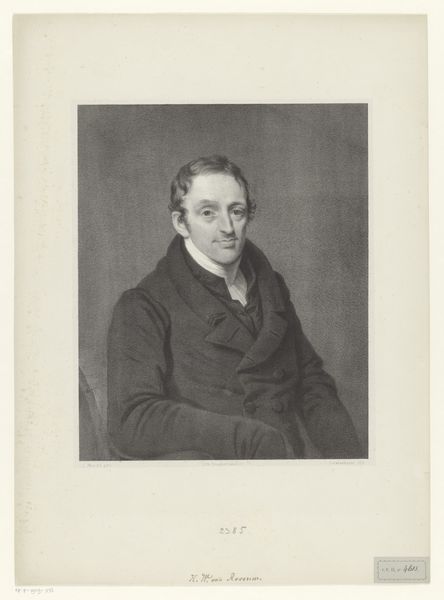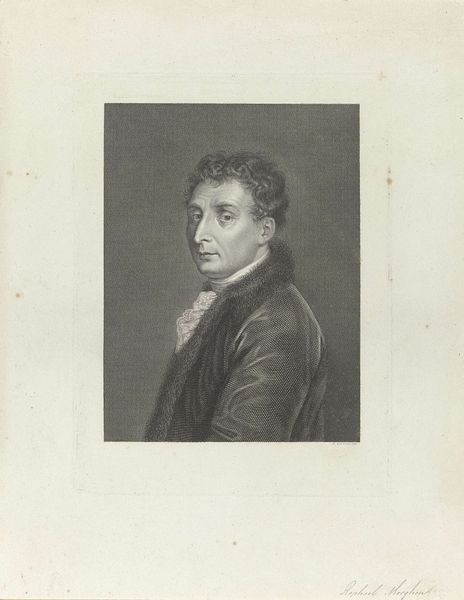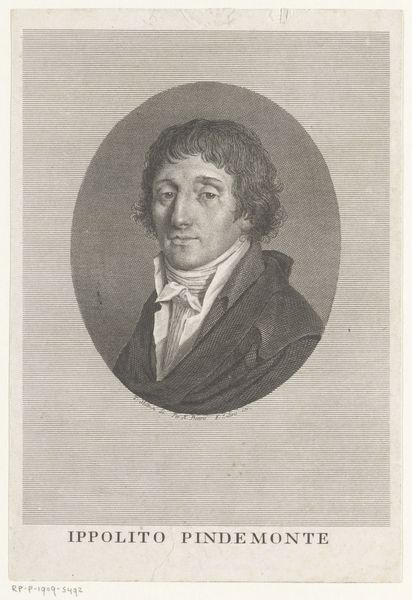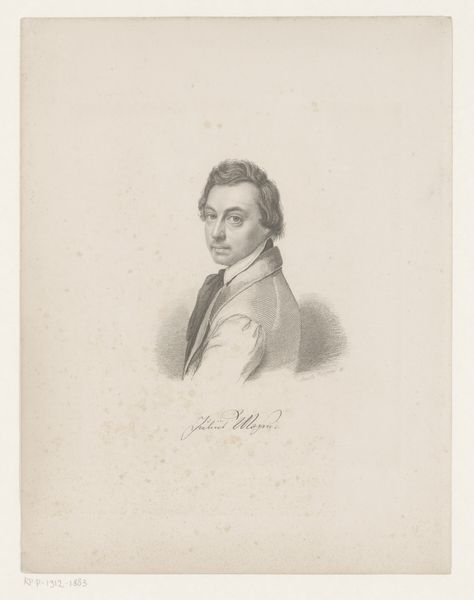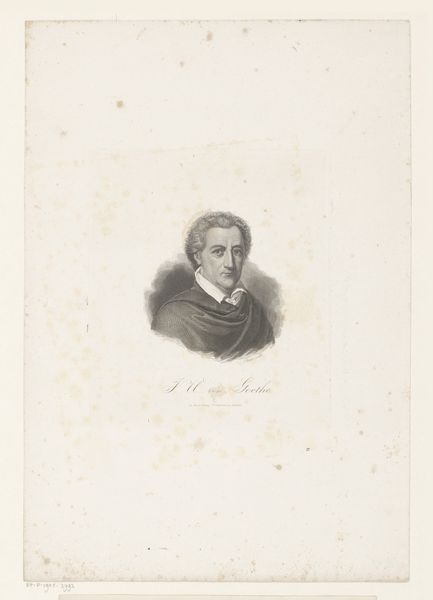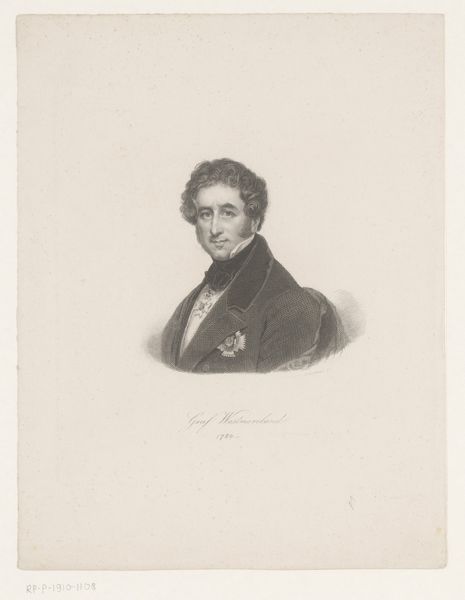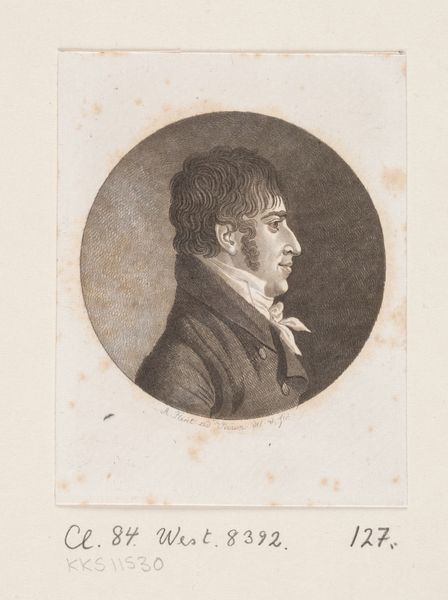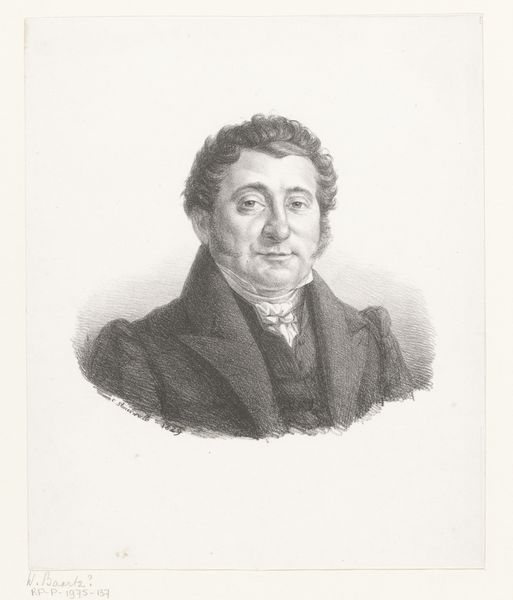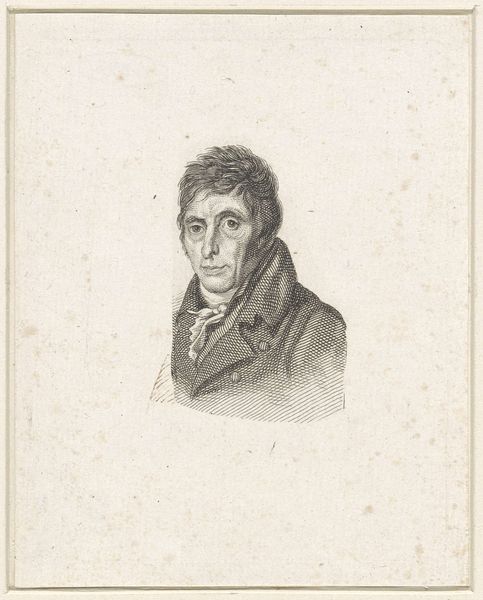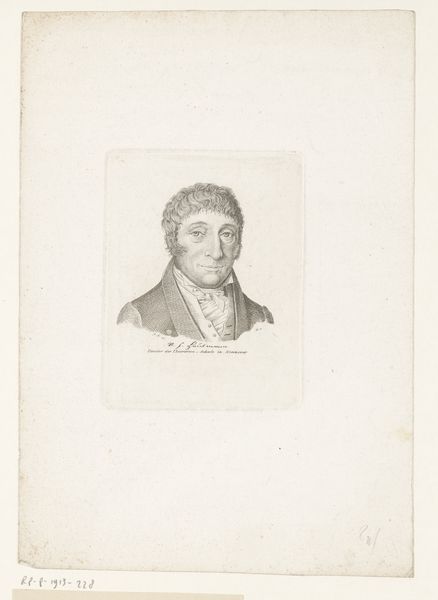
print, engraving
#
portrait
#
print photography
#
neoclacissism
# print
#
engraving
#
realism
Dimensions: height 298 mm, width 209 mm
Copyright: Rijks Museum: Open Domain
Curator: Immediately, I see a portrait radiating a certain intellectual weight, maybe even a touch of weariness? Editor: Here at the Rijksmuseum, we have a print created sometime between 1792 and 1816, "Portret van Karl Gottlieb Bretschneider" by Johann Friedrich Wilhelm Müller. It’s an engraving, fitting squarely into the Neoclassical movement. Curator: Neoclassical makes sense; there's a real formality. Look at the meticulous rendering of the subject's features. It reminds me of how powerful men were represented during this period – almost stoic. It really reflects the political and philosophical ideals swirling at the time. Who exactly was Bretschneider? Editor: A fascinating figure! Bretschneider was a prominent German Protestant theologian and scholar. He significantly influenced the development of Protestant theology in the 19th century, and engaged deeply with the rising historicism and modern approaches to scripture. Curator: Ah, that explains the intense gaze! It’s the kind of look that suggests someone grappling with grand ideas, theological disputes perhaps. I also note the precision with which Müller renders the texture of the jacket. There’s a conscious decision to imbue the sitter with gravity. What I find interesting is how portraiture during that time was used as a tool for constructing legacy. It presents very specific power structures that I would consider a very gendered view. Editor: Absolutely. These portraits were meticulously crafted statements, reinforcing particular identities and legitimizing the subjects' status within the societal hierarchy. It also occurs to me that while this style may look detached today, to viewers at the time the sheer artistry and detail would've been moving. The print medium also made these kinds of images more widely accessible than painted portraits, offering the public a brush with prominent figures they might never meet. It adds another layer to think about. Curator: I agree entirely. Reflecting on it, it does underscore how crucial the context is when we consider works like this. Thanks for guiding me through the ideas behind this powerful portrait! Editor: The pleasure's been all mine. It is striking how much insight we can derive from revisiting pieces like this together.
Comments
No comments
Be the first to comment and join the conversation on the ultimate creative platform.
